Howdy, art aficionados and digital creatives! Today, we’re diving into a fascinating topic that’s near and dear to my heart – the magic of perspective tools in landscape digital art. I know, I know, it might not sound as thrilling as splurging on ethical goodies or unearthing eco-friendly treasures, but bear with me! When it comes to the world of digital art, perspective tools are the unsung heroes that transform a simple sketch into a captivating masterpiece.
But first, let’s get one thing straight: I’m no digital art prodigy. My expertise lies in ethical spending, but that doesn’t mean I can’t appreciate the awe-inspiring landscapes crafted by talented artists. And hey, I believe there’s an ethical side to art too – the ethics of creativity and self-expression. So, saddle up as we explore the world of perspective tools and how they elevate landscape digital art.
The Basics of Perspective in Art:
Perspective, in the realm of art, refers to the technique used to create the illusion of depth and dimension in a two-dimensional artwork. It’s the art of making your flat canvas come to life with depth and realism. While traditional artists have been using perspective for centuries, digital art brings a whole new world of possibilities.
One of the fundamental tools digital artists use to achieve this illusion is the good ol’ vanishing point. The vanishing point is like the North Star of your painting, guiding your viewer’s eye into the horizon. It’s where parallel lines converge and magically create the illusion of depth. In landscape art, a well-placed vanishing point can turn a flat field into a sweeping valley or a line of trees into a dense forest.
Perspective Tools: The Artist’s Secret Weapons:
Now, let’s talk about the unsung heroes – perspective tools. Digital art software like Adobe Photoshop, Procreate, and others come equipped with an array of handy perspective tools that make an artist’s job much easier. One such tool is the grid or perspective ruler.

Imagine you’re painting a quaint little village nestled in a rolling valley. Drawing perfect, uniform lines for the village’s houses and streets can be a daunting task. But, with a perspective grid, you can create perfectly aligned buildings with ease. These grids act as guideposts, ensuring that everything falls into place, creating a realistic depth and dimension that your viewers can practically step into.
Another nifty tool in the artist’s toolkit is the warp and transform options. These tools let you bend and twist your objects to match the perspective of your scene. Want to give a touch of surrealism to your artwork? Well, go ahead and play around with these options to create mind-bending, perspective-bending wonders.
Let’s paint a clearer picture with some examples. Imagine you’re working on a serene digital painting of a rustic, cobblestone street winding its way through an ancient European town. The perspective grid ensures that the street narrows as it recedes into the distance, giving your artwork an authentic sense of depth.
Next, you’re set on creating a fantastical landscape with floating islands in the sky. The warp and transform tools come to the rescue, allowing you to twist and shape those islands, so they appear to float seamlessly in your dreamy, surreal world.
Perspective tools also come in handy for character placement. You’ve got a magnificent dragon flying over a mythical landscape. To ensure it fits seamlessly into your artwork, the warp tool can twist its wings and tail to match the angle of your perspective, making the dragon look like it was always part of your world.
The Ethical Side of Perspective Tools:
Now, you might be wondering, what’s so ethical about perspective tools in digital art? Well, it’s all about efficiency and resource conservation, my friends. Traditional art often requires tons of physical materials, from paper and paints to brushes and canvases. These resources aren’t always sustainable. But with digital art and perspective tools, there’s no need for excessive materials. You’re saving trees and reducing waste, all while creating beautiful landscapes.
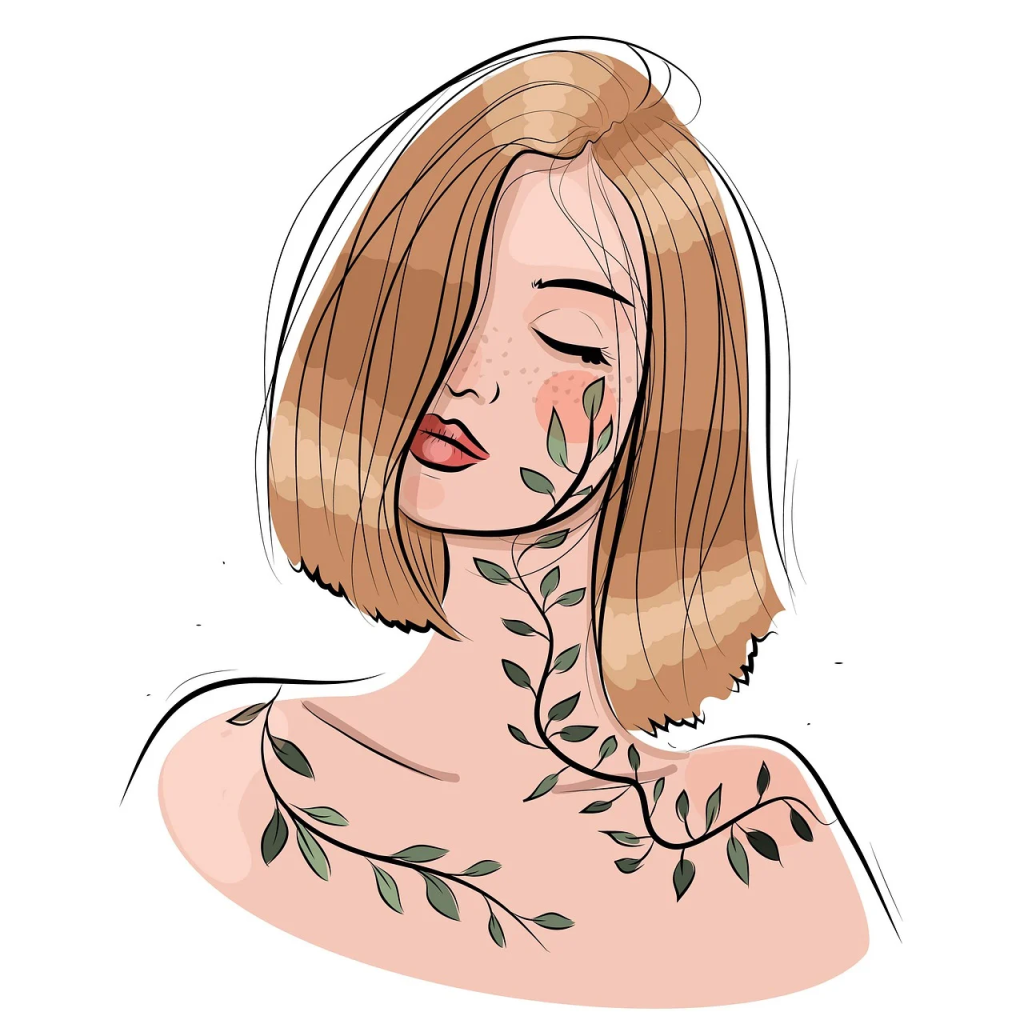
Challenges and Creative Freedom:
While perspective tools are a godsend for many artists, there’s no denying that they come with their set of challenges. Some artists argue that relying too heavily on these tools can stifle creativity. After all, in the digital world, it’s easy to get caught up in perfectionism. But here’s the thing: perspective tools are like training wheels on a bicycle. They’re there to help you get started, but once you’ve mastered the basics, you can ditch them and ride freely.
Embracing these tools doesn’t mean surrendering your artistic vision. You can choose to bend the rules, experiment, and create landscapes that defy traditional perspectives. Remember, it’s your world, your canvas, and your rules.
Conclusion:
In the ever-evolving world of digital art, perspective tools have become the landscape artist’s best friend. They’re the secret sauce that transforms ordinary scenes into captivating landscapes. Whether you’re striving for realism or chasing the wildest dreams of your imagination, these tools are there to help you.
The ethical aspect of perspective tools is a bonus, as they save valuable resources and contribute to a greener art world. So, the next time you’re gazing at a breathtaking digital landscape, don’t forget to tip your hat to the humble perspective tools that brought it to life. They may not be the stars of the show, but they’re the silent architects behind the magic.
Here’s to the beautiful landscapes, the creative freedom, and the ethical edge that perspective tools bring to the world of digital art. Happy painting, my fellow art enthusiasts!



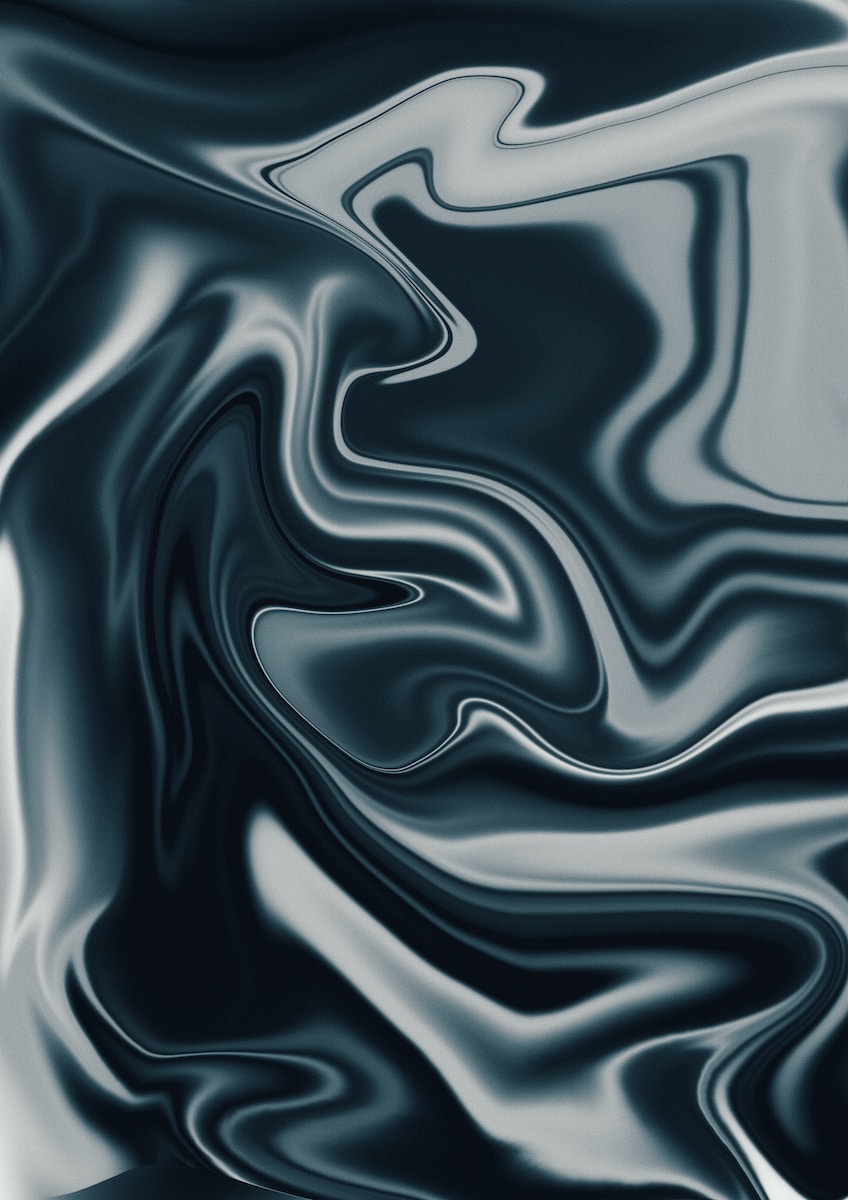




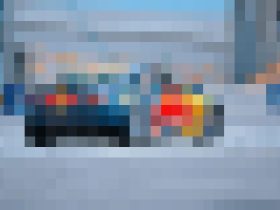

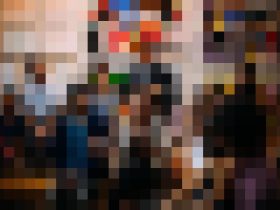



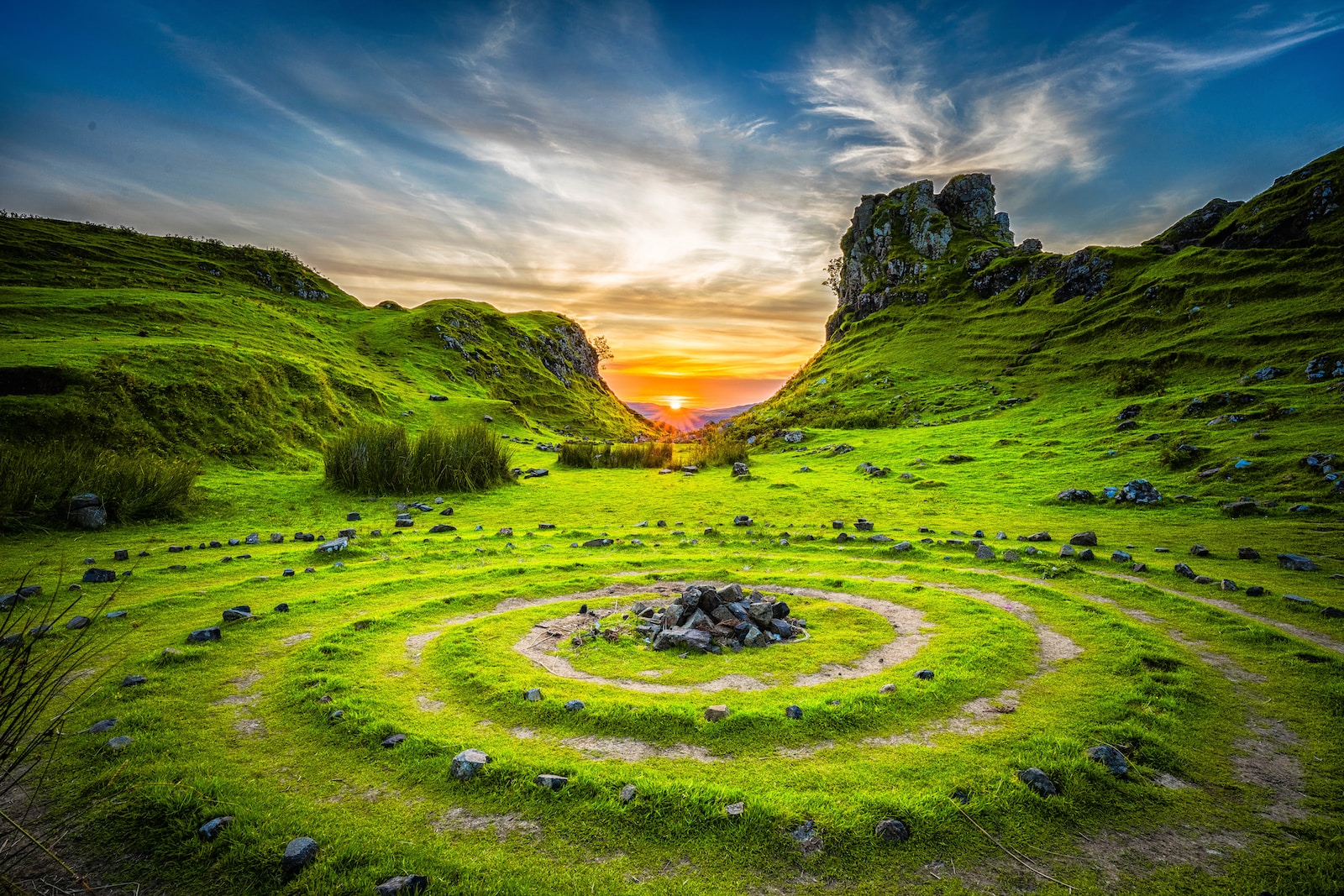

Got a Questions?
Find us on Socials or Contact us and we’ll get back to you as soon as possible.